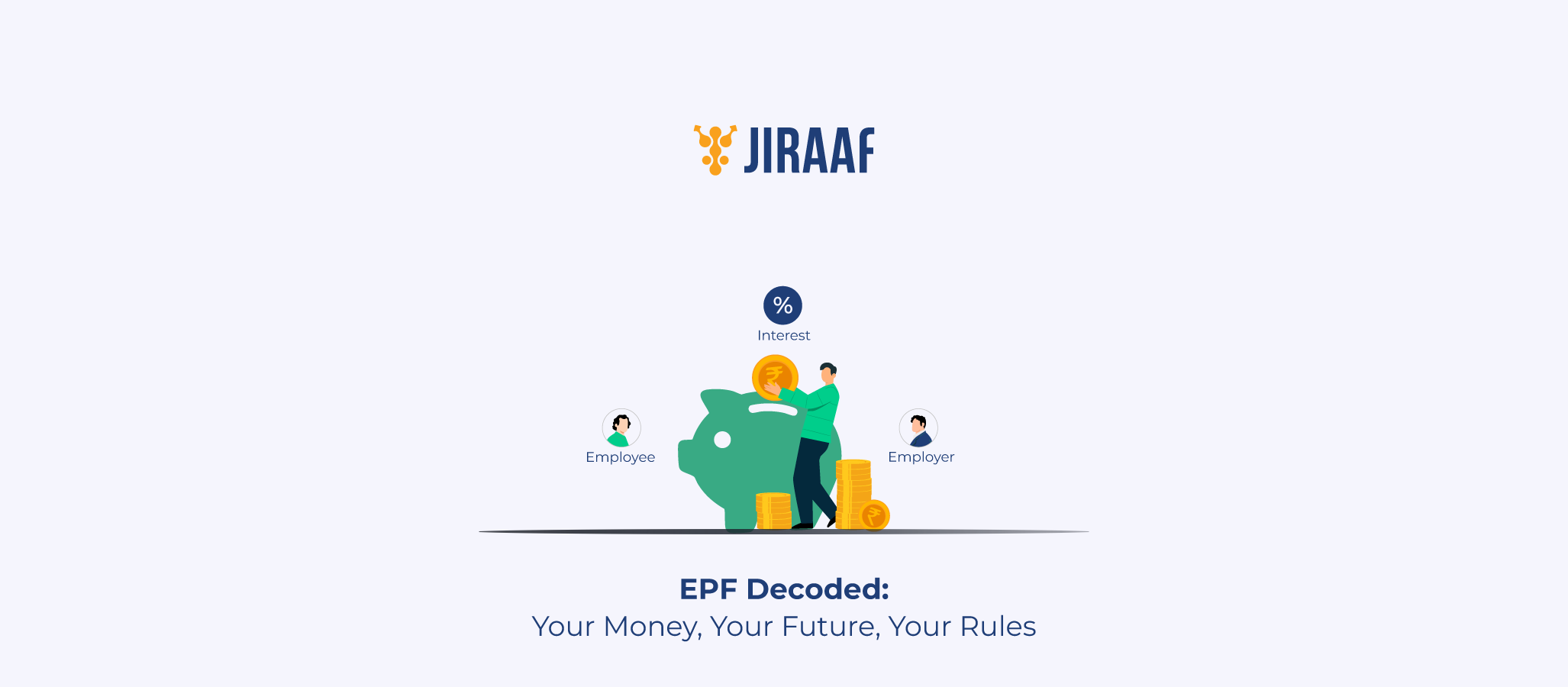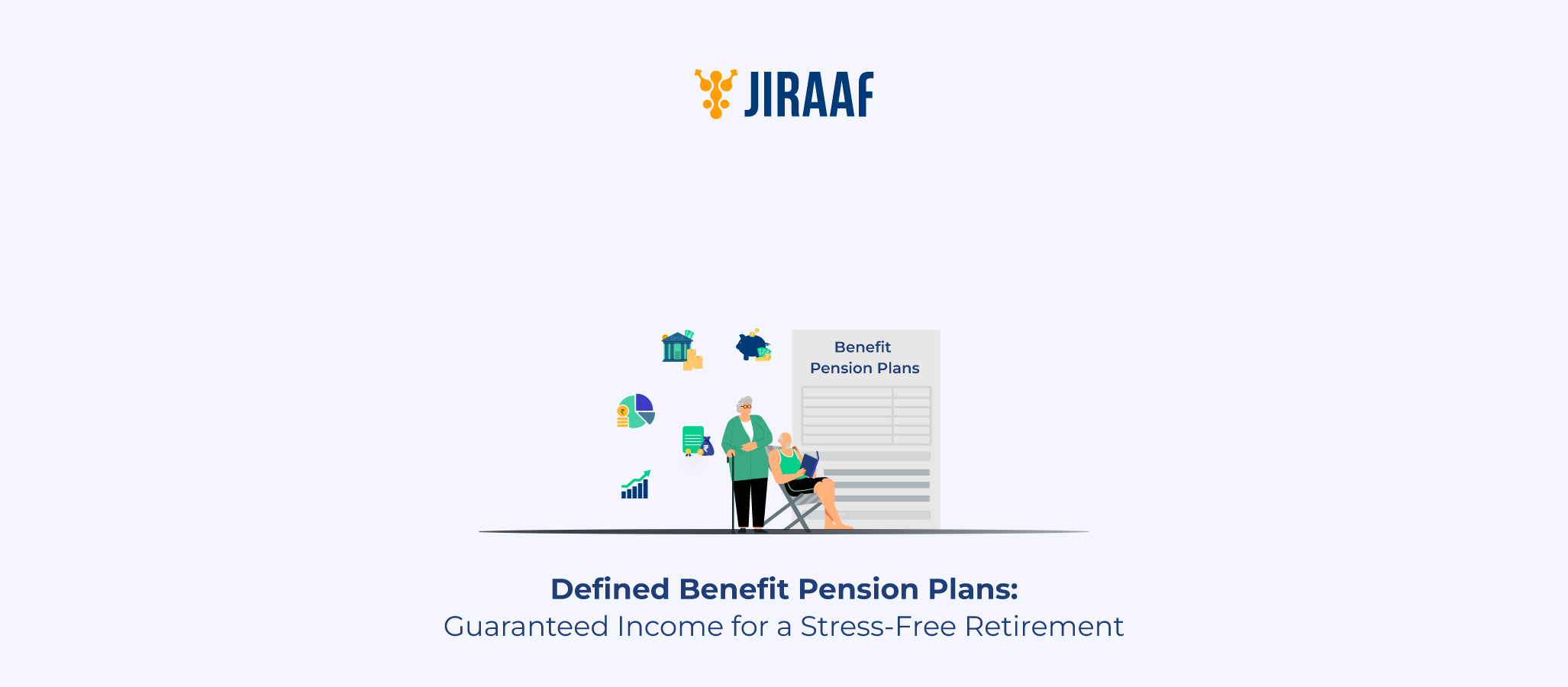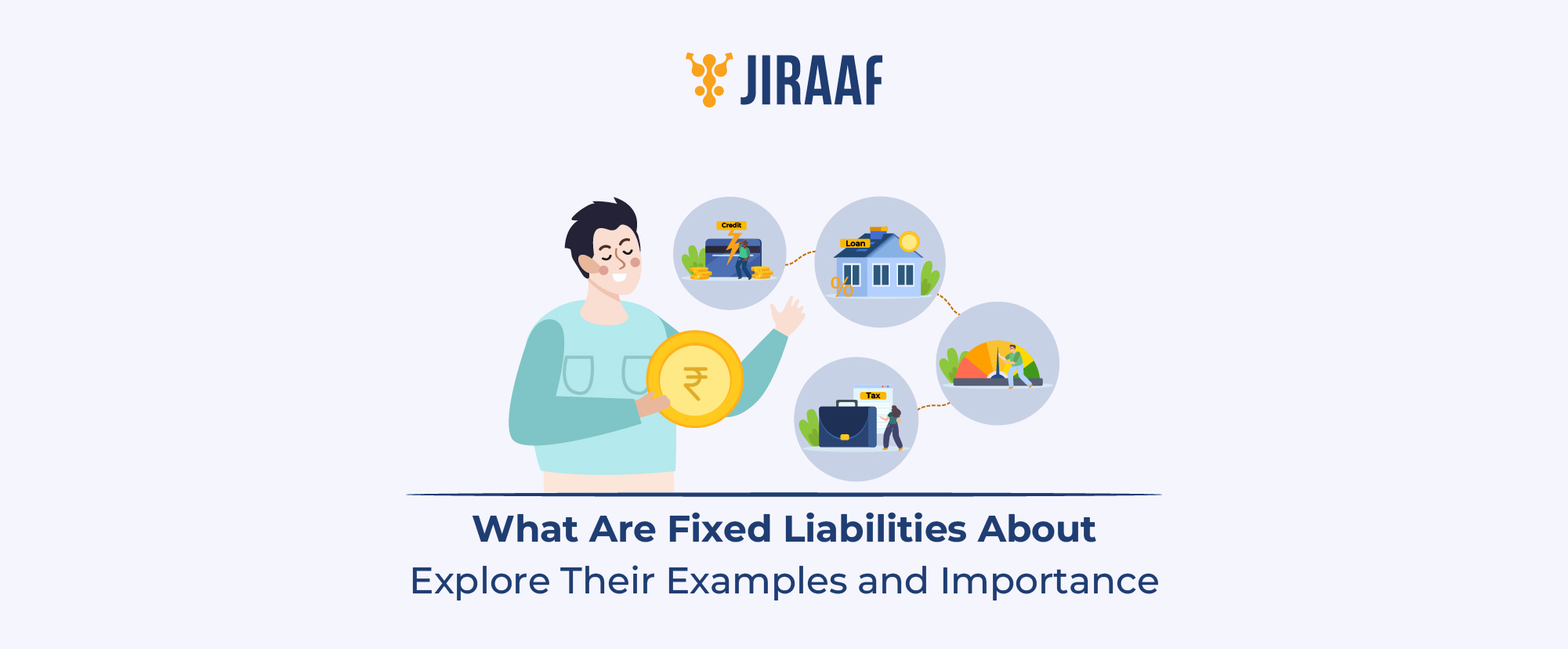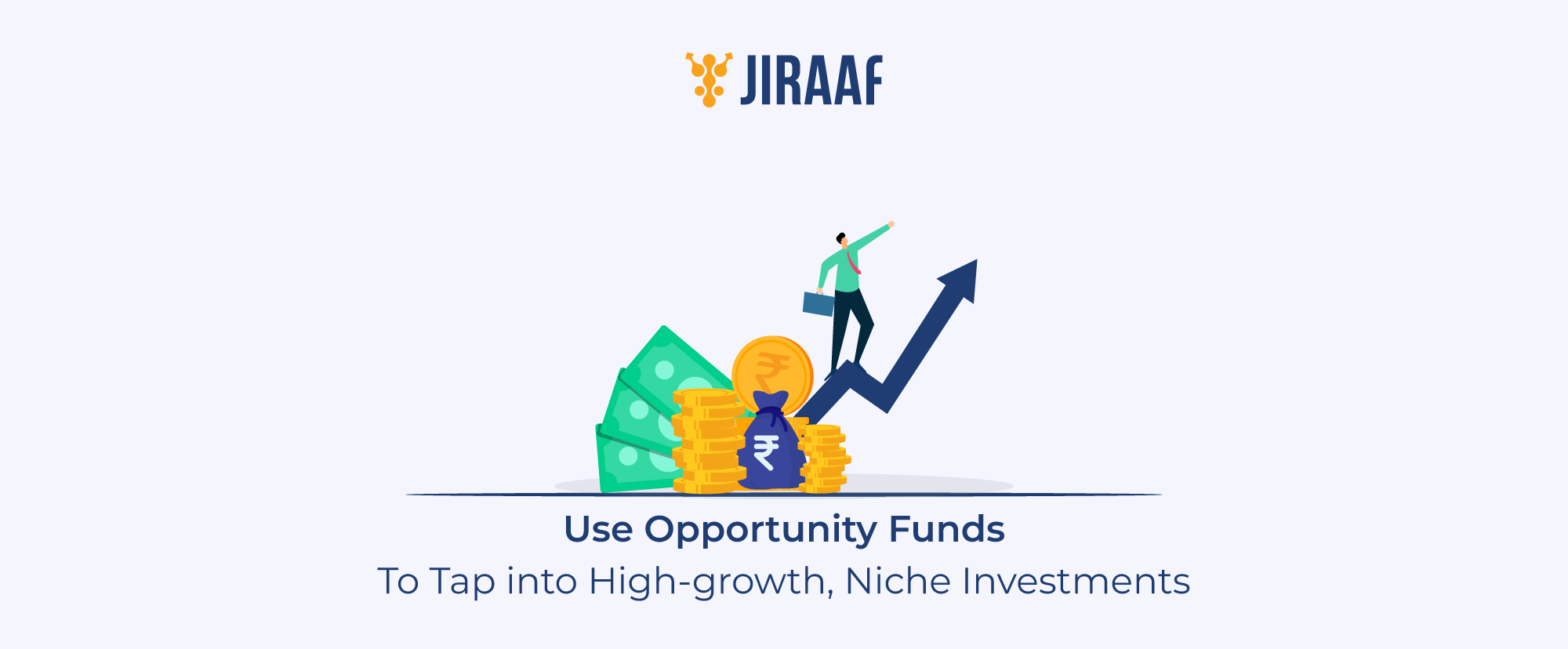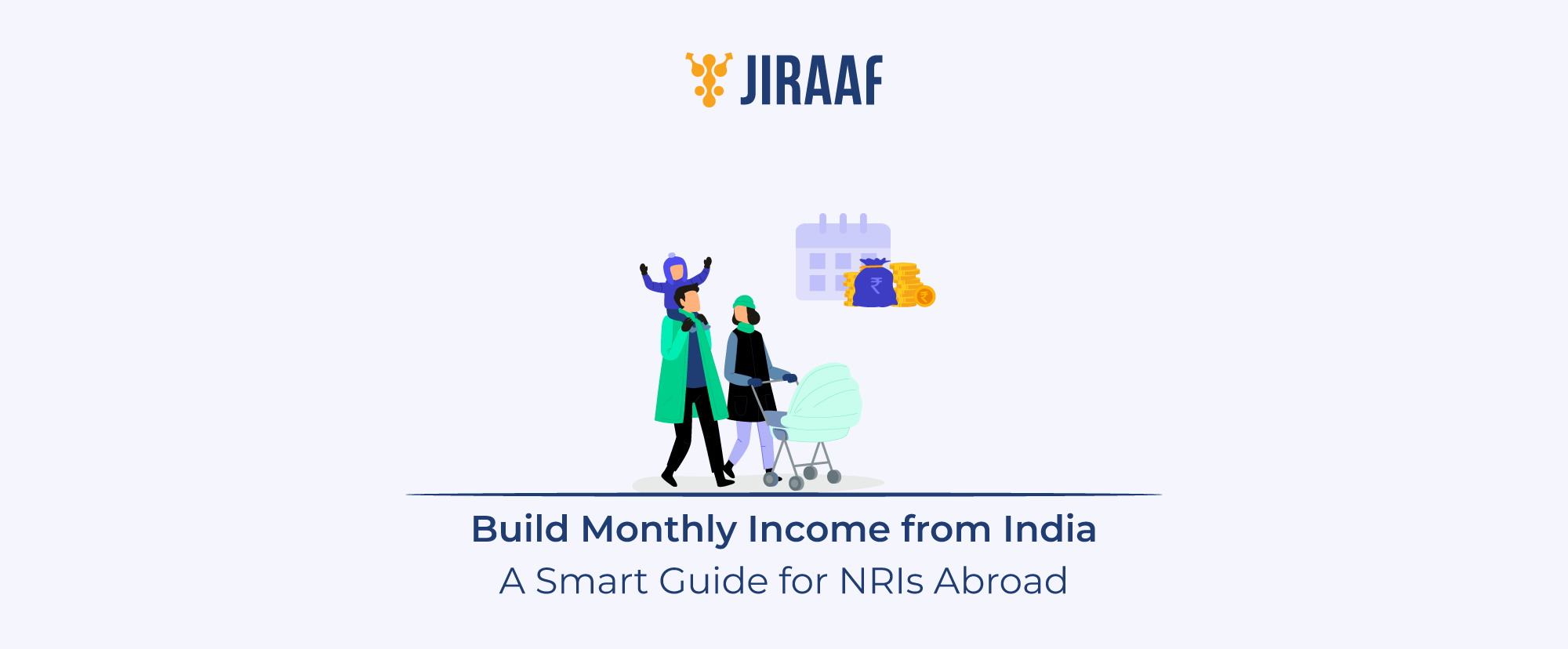If you’ve just landed your first job or been working for a while, chances are you’ve heard the term EPF thrown around during HR inductions or on your salary slip. But what exactly is EPF, and why should you care?
Well, think of EPF as your mandatory piggy bank for retirement—except it’s way smarter, earns interest, and is backed by the government. Every month, a chunk of your salary quietly slips into this fund, and guess what? Your employer matches it too! Over time, this little nest egg grows into a pretty substantial sum, which can come in super handy when you retire—or even before, in some cases.
In this blog, we’ll break down what EPF is, how it works, why it matters, and how you can make the most of it.
What is EPF?
The Employee Provident Fund is a retirement savings scheme for salaried individuals. It’s a joint effort between you and your employer to help you build a sizable chunk of money by the time you end your professional career.
EPF is a retirement savings scheme where both you and your employer contribute 12% of your basic salary plus dearness allowance (DA) every month. However, the employer’s 12% contribution is split: 8.33% goes to the Employees’ Pension Scheme, which is capped at ₹1,250 per month (based on a salary ceiling of ₹15,000), and the remaining 3.67% goes into your EPF account. On the other hand, your entire 12% contribution goes directly into your EPF account.
But how does all this work? What is EPS, and why is part of your employer’s contribution going into it? Let’s see that and learn how everything about EPF works further in the blog.
EPFO Objectives and Schemes Offered
So, let’s begin by understanding who manages all the money that gets deducted from your salary every month. It’s the Employees’ Provident Fund Organisation (EPFO)—India’s social security guardian for the working class.
EPFO is a statutory body under the Ministry of Labour and Employment, Government of India. It was established in 1952 with one simple goal: to help employees in the organized sector build a secure financial future. Over the years, it has become one of the largest social security organizations in the world, managing crores of accounts and lakhs of crores in retirement savings.
Objectives of EPFO
The EPFO doesn’t just care about deducting a part of your salary and keeping it in a vault. It has a much bigger purpose of securing the tomorrow of the salaried class.
Here’s what it aims to do:
- Encourage long-term savings among employees for life after retirement
- Provide a safety cushion in the form of pension and insurance
- Ensure timely credit of interest and hassle-free access to funds
- Promote transparency through digital tools like UAN and online claims
- Support dependents through life insurance and pension benefits in case of untimely death
In short, EPFO’s objective is to make sure your working years contribute to a stress-free retirement—even if life throws a few curveballs your way.
Schemes Managed by EPFO
The EPFO runs three major schemes:
1. Employees’ Provident Fund (EPF) Scheme, 1952
This is a significant retirement savings plan. Every month, you contribute 12% of your basic salary plus DA to your EPF account, and your employer contributes an equal amount. Out of the employer’s contribution, 8.33% goes to EPS and the rest 3.67% to your EPF account. Over the years, this amount grows with compound interest, giving you a sizable corpus when you retire or switch jobs.
Why it matters:
- You build wealth automatically without needing to think about it
- You can withdraw for emergencies (housing, medical, etc.) under certain conditions
- It earns interest, which is tax-free (subject to certain limits)
2. Employees’ Pension Scheme (EPS), 1995
Out of the 12% employer contribution to your retirement fund, 8.33% (up to ₹1,250/month) goes into EPS. This scheme provides you a monthly pension after the age of 58, provided you’ve worked for at least 10 years.
Why it matters:
- Gives you a guaranteed income post-retirement
- Offers survivor benefits for your spouse or children in case of your death
3. Employees’ Deposit Linked Insurance Scheme (EDLI), 1976
This scheme offers life insurance coverage to all employees covered under EPF. You don’t need to contribute separately; your employer contributes to it.
Why it matters:
- If the employee passes away during the service period, the nominee gets a lump sum
- The maximum benefit is up to ₹7 lakhs, based on the last drawn salary of the employee at the time of his/her demise.
EPF Scheme: How It Works
Now that we know what EPF is, its aims, and who runs it, let’s talk about how it works to provide you with pension benefits after retirement.
1. Monthly Contributions
Here’s the math in simple terms:
The employee contributes 12% of their basic salary + dearness allowance
The employer also contributes 12%. 3.67% of this goes to EPF, the rest 8.33% to EPS.
So, technically, even though the full amount does not go to your EPF account, it all benefits you in one way or another!
2. Interest on Your Balance
The interest you earn is tax-free for up to ₹2.5 lakhs/year in contributions (as per current rules) to EPF.
The interest rate is set by the EPFO each year. For example, it was 8.25% for FY 2023-24. This interest is compounded annually, but credited monthly, so over time, your money grows faster than regular savings.
3. Managed by a Centralized Body
EPFO invests a portion of the fund in low-risk government securities and debt instruments. This keeps your money safe while also generating returns.
4. It Follows You When You Switch Jobs
Your EPF account is portable. No matter how many jobs you switch, your UAN stays the same. You just need to link your new employer to your existing UAN, and you’re good to go.
EPF Benefits for Employees
Let’s be honest—saving money isn’t always a piece of cake, especially during today’s uncertain job market conditions paired with the constant headache of dealing with bills, EMIs, and everyday expenses. But that’s where the Employees’ Provident Fund steps in like your financial BFF. It’s not just a boring deduction from your salary—it’s a smart, long-term savings plan that helps you build a nest egg without much effort.
Here’s why the EPF is such a win for salaried employees in India
1. Retirement Savings Made Easy
The biggest benefit of EPF is that it helps you build a solid retirement fund without even thinking about it. Every month, a part of your salary is automatically saved, along with your employer’s contribution, before your salary reaches you. By the time you retire, you’ve got a nice chunk of money waiting for you.
2. Interest That Works for You
Your EPF contributions don’t just sit idle—they earn interest. And the best part? The EPF interest rate is usually higher than what you’d get in a regular savings account. For example, for 2023-24, the interest rate on EPF was 8.15%, whereas a regular savings account fetched 2.70% and 3.50% per annum.
3. Tax Benefits All the Way
Who doesn’t like saving on taxes? With EPF, you get:
- Deductions under Section 80C of the Income Tax Act (up to ₹1.5 lakh)
- Tax-free interest (on up to ₹2.5 lakhs)
- Tax-free withdrawal (if you’ve worked for at least five continuous years)
Basically, EPF gives you a triple tax advantage. Pretty sweet, right?
4. Security During Job Changes
Worried about what happens to your EPF when you switch jobs? Don’t stress. Thanks to your UAN, your EPF account stays with you. Just link it to your new employer, and you’re good to go. No need to open a new account every time you change jobs.
5. Easy Loans
Life can be unexpected—be it medical emergencies, house renovations, or unplanned travel, EPF allows partial withdrawals for specific needs. Just remember, you mustn’t use it for random splurges.
6. Insurance & Pension Perks
A part of your employer’s contribution goes into the Employees’ Pension Scheme (EPS), which means you get a monthly pension after retirement.
You’re also covered under the Employees’ Deposit Linked Insurance (EDLI) scheme. In case of the employee’s untimely death, the family gets a lump sum insurance payout. It’s financial protection for your loved ones.
7. Everything’s Online Now
No more running to government offices. With the EPFO portal, UMANG app, and SMS/ missed call services, you can check your EPF balance, download your passbook, and even file claims online, making it super convenient.
EPF Policy & Rules: What You Need to Know
Okay, so EPF sounds like a great deal, right? But just like any good scheme, it comes with its own set of rules and policies. Don’t worry, they’re not complicated, and we’ll break them down so you know exactly how to navigate them better.
Withdrawing Money From EPF
Yes, you can withdraw money from your EPF, but there are rules:
- Full withdrawal is allowed if you’re unemployed for two consecutive months or more after retirement.
- Partial withdrawal is allowed after a month of unemployment (up to 75%) for things like home loan repayment, medical expenses, marriage, or education, but only after a few years of service (depending on the reason).
Tax Alert: If you withdraw money before 5 years of continuous service, your EPF becomes taxable.
Pension Rules For EPS
You become eligible for pension under EPS if you’ve worked for 10+ years and reach the age of 58. You can also start early at 50 after completing 10+ years of service, but with reduced benefits.
EPF Nomination Rules
You can nominate someone to receive your EPF funds in case of an unfortunate incident. You can do this easily through the online EPFO portal.
EPF Rules You Shouldn’t Ignore
- Don’t default on contributions as your employer is legally required to deposit the amount every month. With contributions from both you and your employer, you’d be surprised by the corpus you’ll amass without even breaking a sweat!
- Keep your KYC (PAN, Aadhaar, bank details) updated to avoid any delays in claims.
EPF Taxation: What You Need to Know
Let’s be real, tax stuff can sound like a maze of confusing terms. But when it comes to your EPF, the rules are pretty simple (and kind of in your favor). Here’s how EPF is taxed, or rather, mostly not taxed.
EPF is Mostly Tax-free
EPF is part of what’s called an EEE scheme, which stands for Exempt, Exempt, Exempt. Let’s break that down:
Exempt at the time of investment
The amount you contribute (up to ₹1.5 lakh a year) is deducted under Section 80C of the Income Tax Act. So, you pay less tax now.
Exempt from interest earned
The interest you earn on your EPF balance is not taxed, as long as you follow the rules (more on that below).
Exempt on withdrawal
When you withdraw your EPF after a minimum of 5 years of continuous service, it’s completely tax-free.
When EPF Can Be Taxable
Of course, there are a few exceptions. Here’s when you might have to pay tax:
1. If You Withdraw Before 5 Years
If you withdraw your EPF before completing 5 years of continuous service, your entire EPF amount becomes taxable, including:
- Your contribution (already tax-exempt under 80C but reversed)
- Employer’s contribution
- Interest earned on both
And yes, TDS applies if the amount is more than ₹50,000.
2. If Your Contribution is Too High
Starting from FY 2021-22, if you contribute more than ₹2.5 lakh a year to EPF, the interest on the excess amount is taxable.
Example: If you put ₹3 lakh into EPF in one financial year, interest on ₹50,000 (the extra) will be taxed.
3. Company Defaults or Inactive Account
If your company doesn’t deposit contributions properly or if your account becomes inactive (e.g., after quitting your job and not withdrawing for three or more years), the interest earned might become taxable.
4. Tax Deducted at Source (TDS) on EPF Withdrawals
TDS applies if:
- You withdraw before 5 years, and the withdrawal amount is above ₹50,000.
- TDS rate is10% if you provide your PAN, 30% (plus cess) if you don’t provide PAN.
Tip: Submit Form 15G/15H (if eligible) to avoid TDS if your income is below the taxable limit.
5. Claiming EPF in ITR (if taxable)
If you’ve withdrawn EPF early and it’s taxable, you’ll need to:
- Include it in your income under “Salary”
- Mention it in your Income Tax Return (ITR)
- Adjust the TDS (if already deducted) when filing
How to Withdraw EPF? The Claim Process
So, you’ve built up a solid EPF balance, and now you’re wondering, “How do I access this money when I need it?” Whether you’re retiring, changing jobs, or just need some funds for an emergency, the EPF withdrawal process is actually quite simple, especially now that it’s all online.
Let’s walk through it step-by-step.
Full Withdrawal
- At Retirement (58 years of age)
- After 2 months of unemployment
- If you’re leaving India permanently
Partial Withdrawal
- For marriage (yours/sibling/children)
- For buying or building a house
- For medical emergencies
- For children’s education
- After 5-7 years of service (depending on reason)
Note: Each reason has its own eligibility rules and limits. But don’t worry—EPFO lays it all out on the website.
How to Withdraw EPF Online (Through the EPFO Portal)
Here’s a step-by-step process on how you can withdraw your EPF online using your UAN:
- Go to the EPFO Unified Member Portal
- Log in with your UAN and password
- Check KYC
- Make sure your Aadhaar, PAN, and bank details are verified and linked to your UAN. If not, update them before proceeding.
- Go to ‘Online Services’ → ‘Claim (Form-31, 19, 10C & 10D)’
- Enter your bank account number (as per EPF records) for verification
Choose the type of claim:
- Form 19: Final EPF settlement (full withdrawal)
- Form 10C: Pension withdrawal (under EPS)
- Form 31: Partial withdrawal for loans/emergencies
Fill in the required details, upload scanned documents (if needed), and submit. You’ll get a tracking ID for the same. Most claims are settled in 5–15 working days.
Can You Do It on Mobile?
Absolutely! Just download the UMANG app (by the Government of India):
- Go to the EPFO service section
- Log in using your UAN
- Select “Employee Centric Services” → “Raise Claim”
- Follow the same steps as above
Documents You Might Need
- Depending on the reason for your claim, you may need to upload:
- PAN card (for withdrawals over ₹50,000)
- Aadhaar
- Cancelled cheque (for bank verification)
- Proof of expense (for medical or education withdrawal)
Tips to Make the Process Smooth
- Make sure your KYC is fully updated
- Name on Aadhaar and EPF account should match
- Use a linked and active bank account
- Always check for EPF passbook balance before claiming
Closing Thoughts
Here’s a little truth bomb: most of us don’t think about retirement until it’s almost knocking on the door. But EPF? It’s like your quiet, dependable friend who’s been planning your future all along.
We often associate financial freedom with big investments, side hustles, or fancy mutual funds. But EPF shows us that sometimes, the simplest tools are the most powerful. It’s not loud or flashy. It just sits there, growing in the background, like that tiny plant you forgot you had, until one day, it’s a tree.
So, while your 20s and 30s might be all about chasing goals, building careers, and switching jobs, know that every EPF contribution is doing its own little hustle for you. It’s helping future you breathe a little easier.
So, go on, check that balance, set your nomination, and take ownership of your EPF journey. Your future self will thank you with a smile, a sigh of relief, and maybe even a piña colada on a beach somewhere.
FAQs
Who is eligible for EPF contributions?
Any salaried employee working in an organization with 20 or more employees is automatically eligible for EPF if their basic salary is ₹15,000 or less per month. Employees earning above ₹15,000 can also opt-in voluntarily with their employer’s consent. It’s open to both private and public sector workers, and once enrolled, both the employee and employer contribute monthly to the EPF account.
Can I withdraw my EPF before retirement?
Yes, you can! EPF allows partial withdrawals for specific needs like medical emergencies, education, marriage, or buying a home—each with its own eligibility rules. You can also make a full withdrawal if you’re unemployed for 2 months or leaving the workforce permanently. Just remember, if you withdraw before 5 years of service, the amount might be taxable.
What happens to my EPF if I change jobs?
When you change jobs, your EPF account doesn’t disappear—it stays active and linked to your Universal Account Number (UAN). You just need to give your UAN to the new employer. You can then transfer your old EPF balance to the new account online via the EPFO portal. No need to open a new account—EPF moves with you, job to job!
How do I check my EPF balance?
You can easily check your EPF balance through several methods, using the EPFO Portal, through the UMANG or giving a missed call to 011-22901406 or send a SMS “EPFOHO UAN ENG” to 7738299899 (if UAN is registered). Super simple!
Is EPF taxable at the time of withdrawal?
EPF is tax-free when you withdraw it after completing 5 years of continuous service. However, if you withdraw it within 5 years, the amount becomes taxable, including both your contributions and the employer’s. Plus, TDS (Tax Deducted at Source) may apply if the withdrawal amount is over ₹50,000. To avoid this, ensure you meet the service duration and follow the rules.
Discover fixed income investments with Jiraaf, a SEBI registered online bonds platform that educates and brings access to a wide array of bonds. Sign up today to explore diversified fixed income investment opportunities to support your goal-based wealth creation journey. Start investing!
